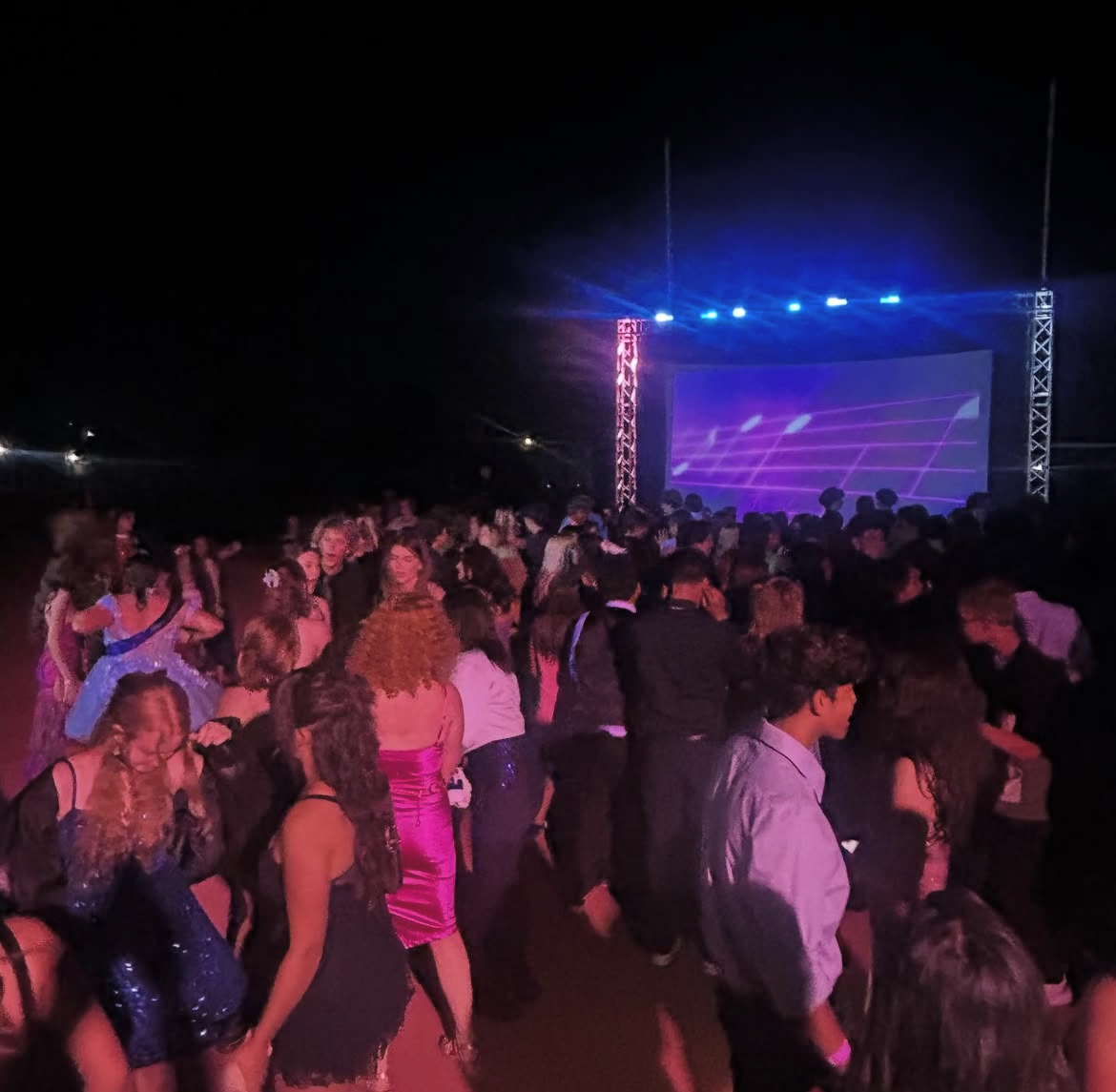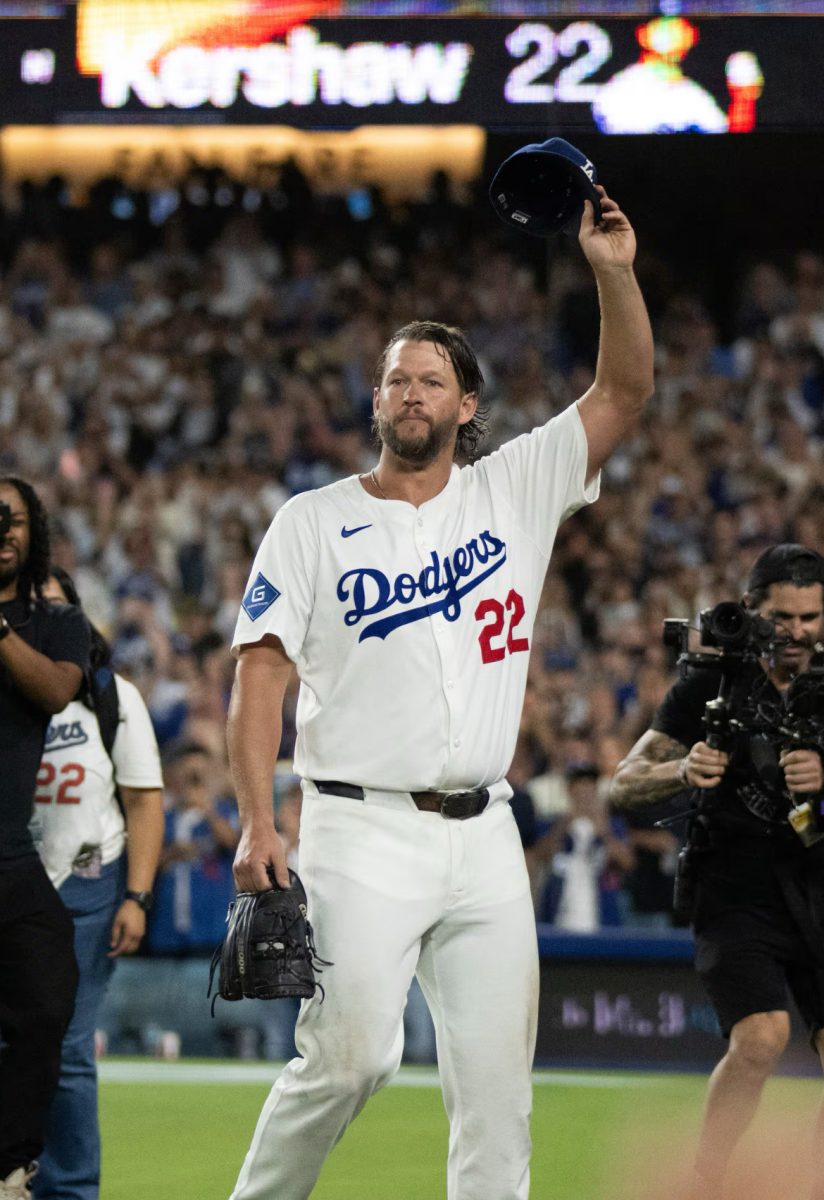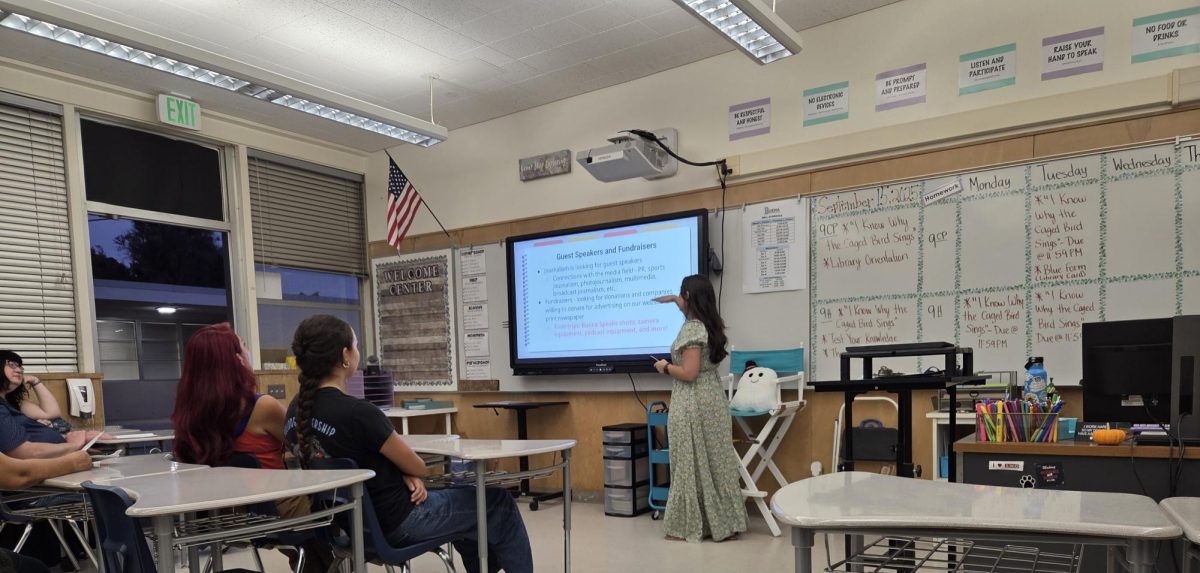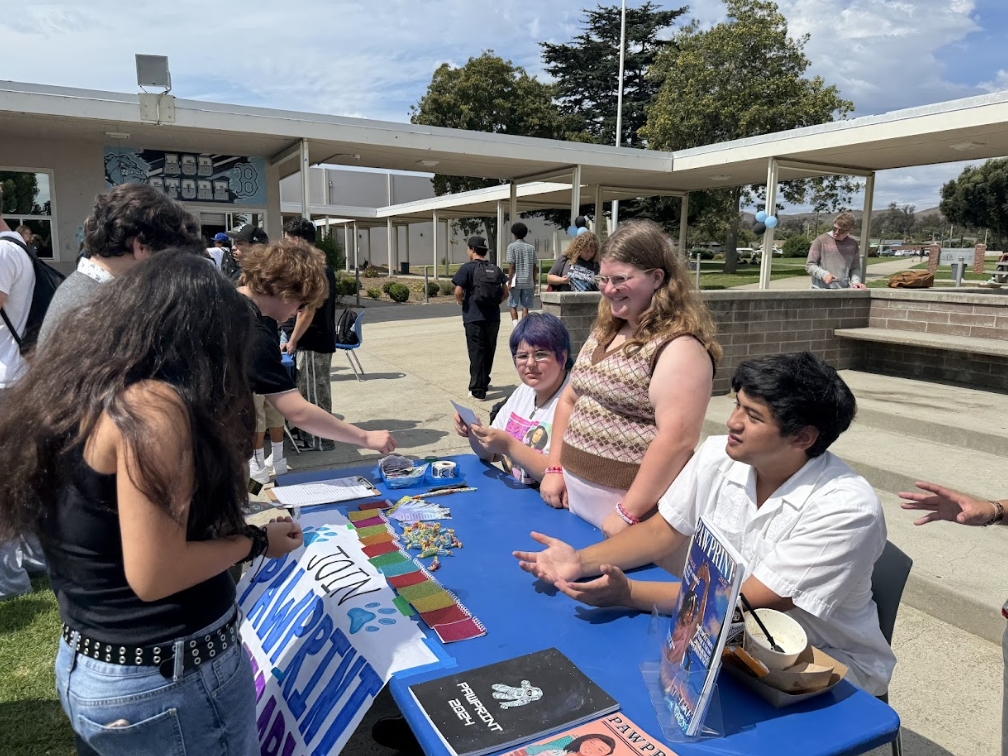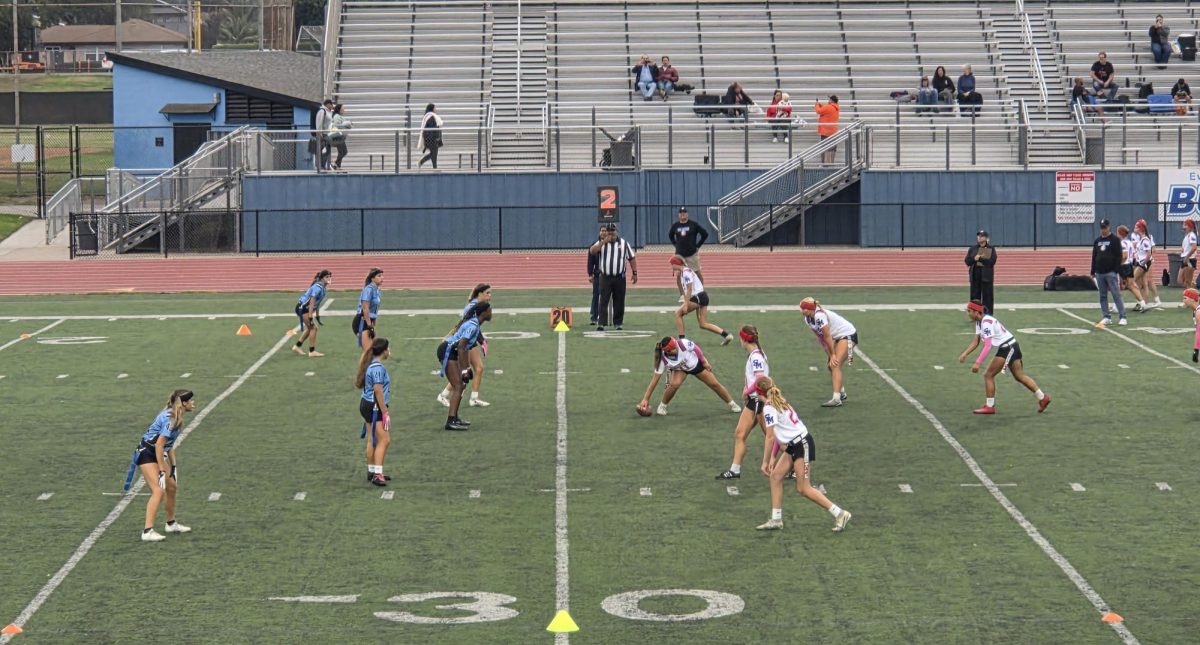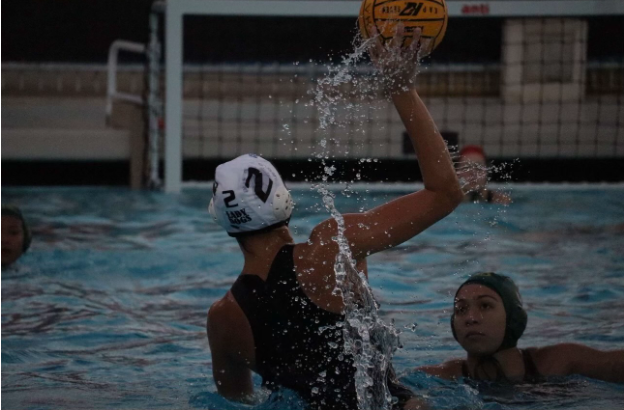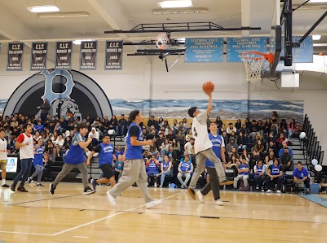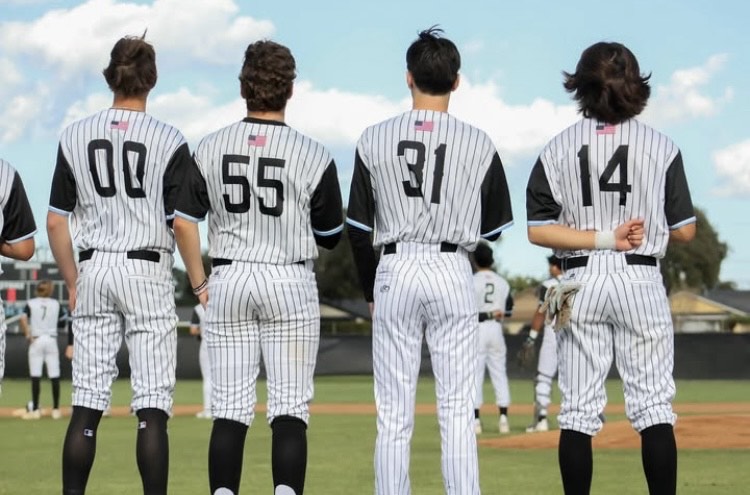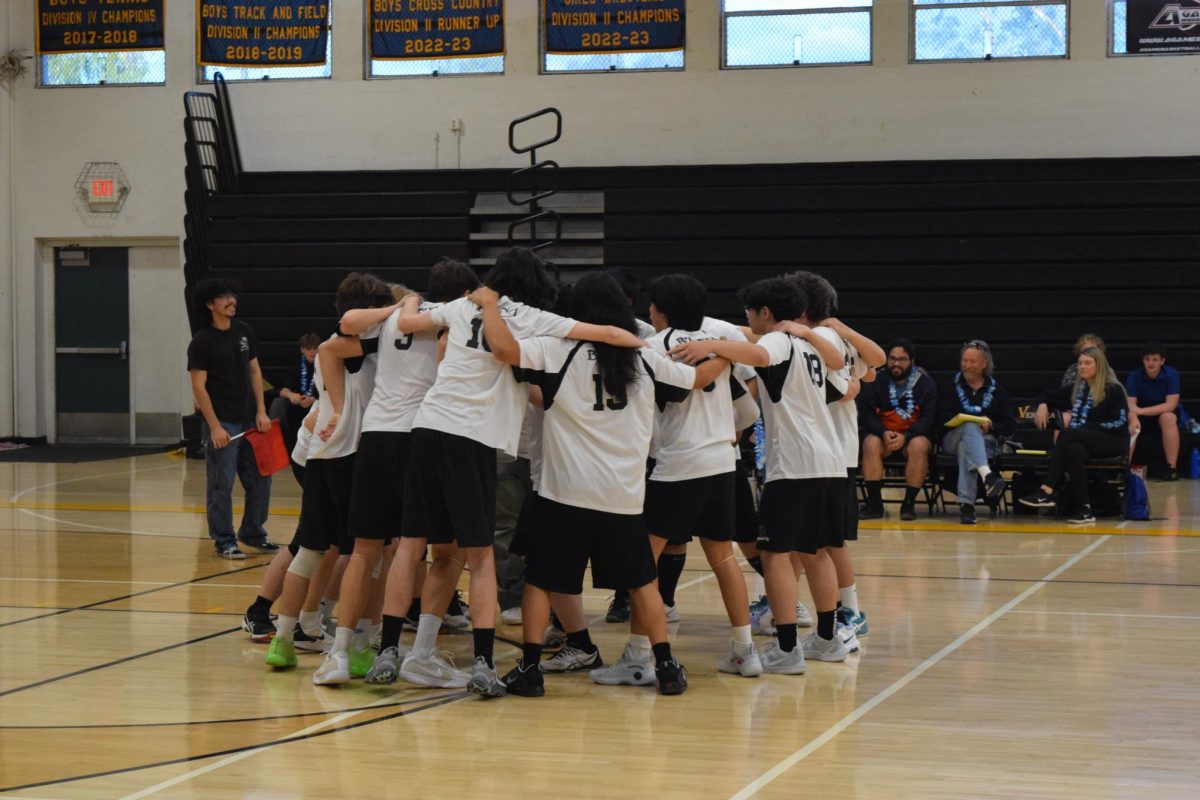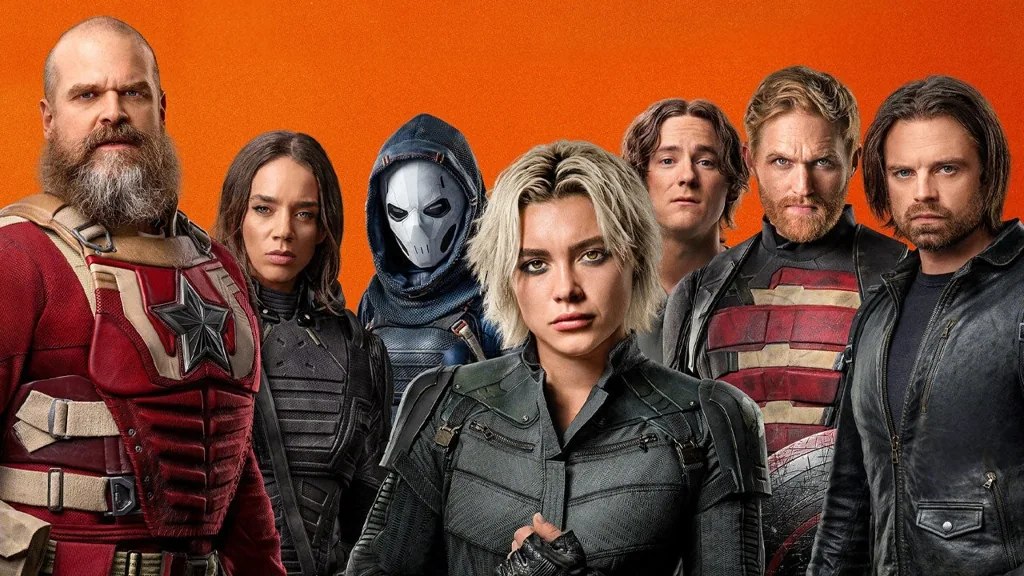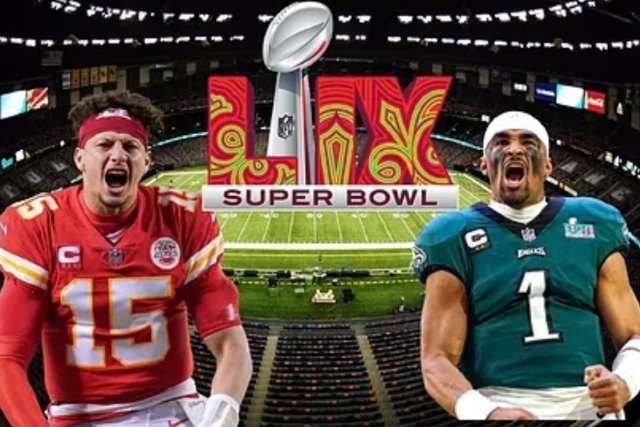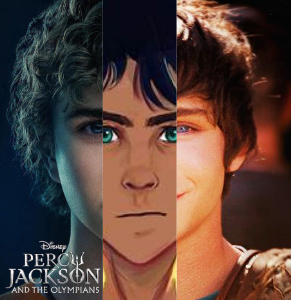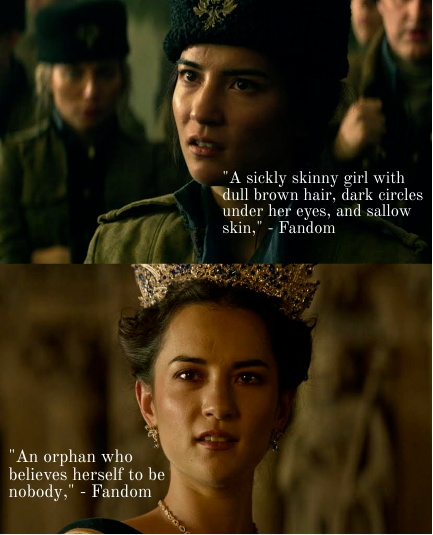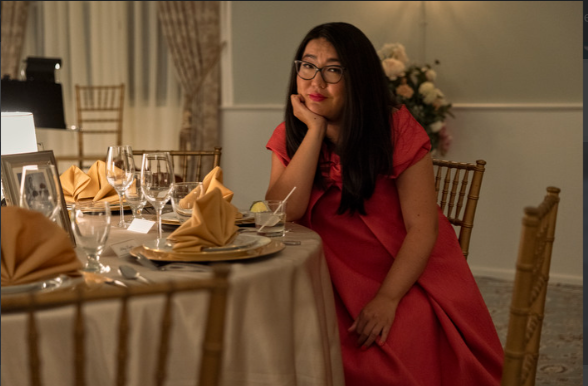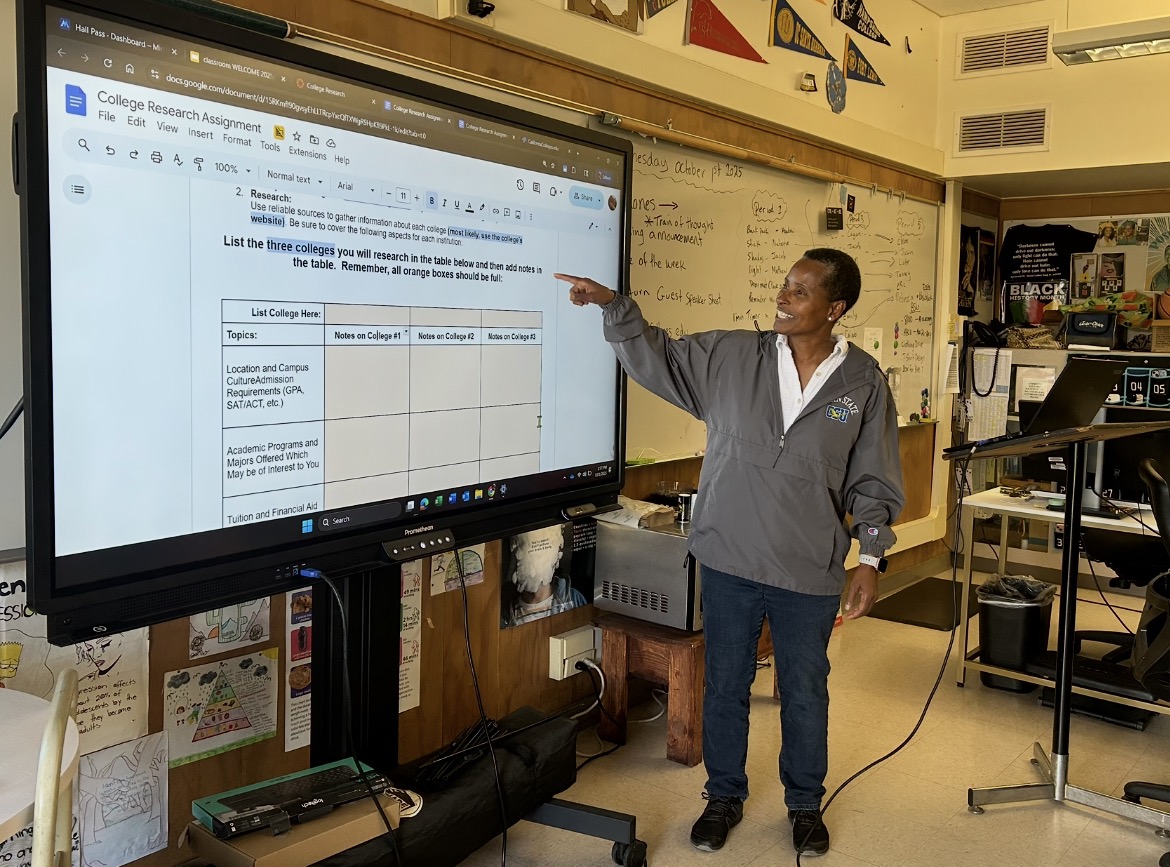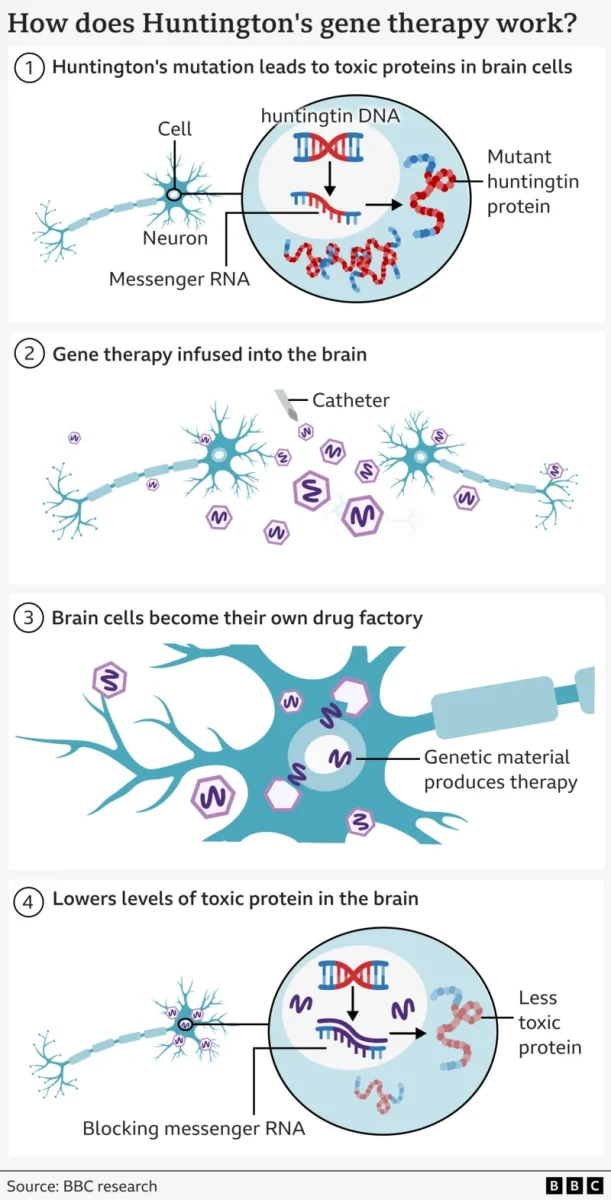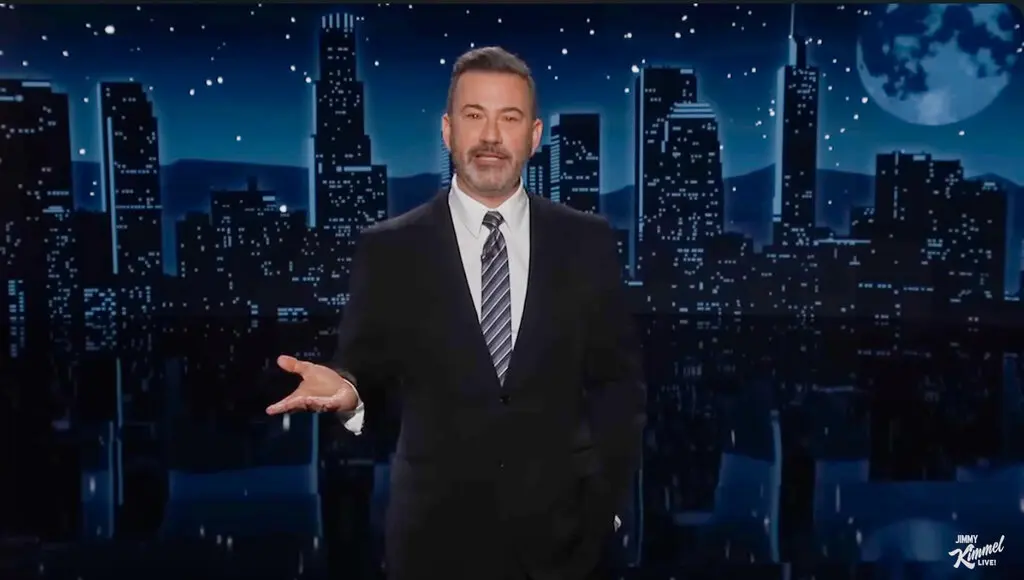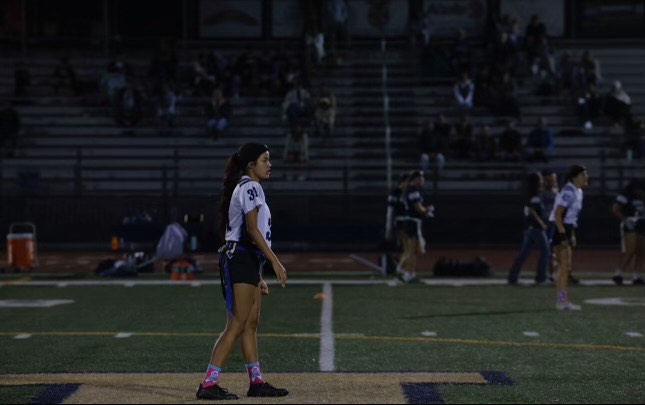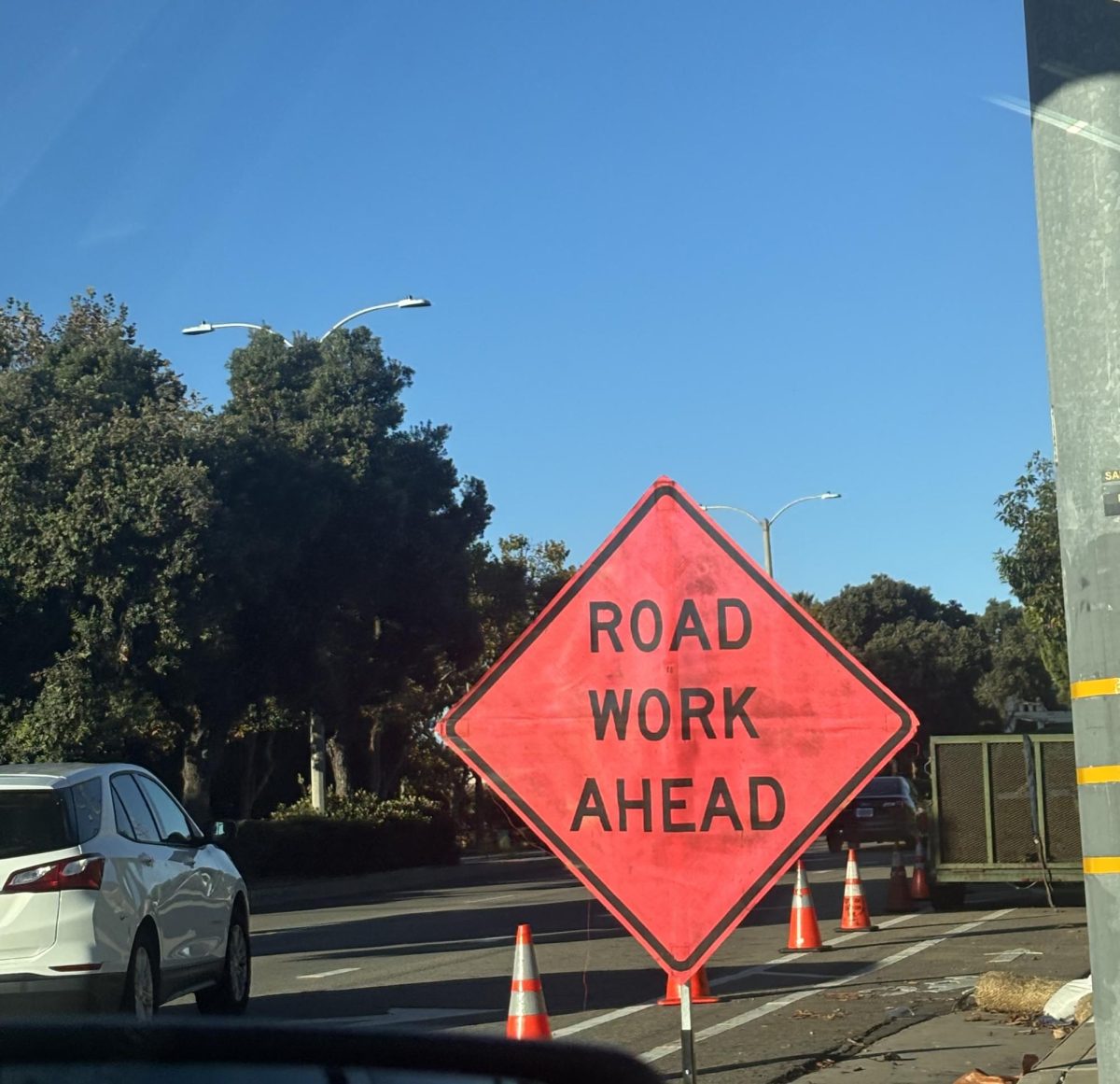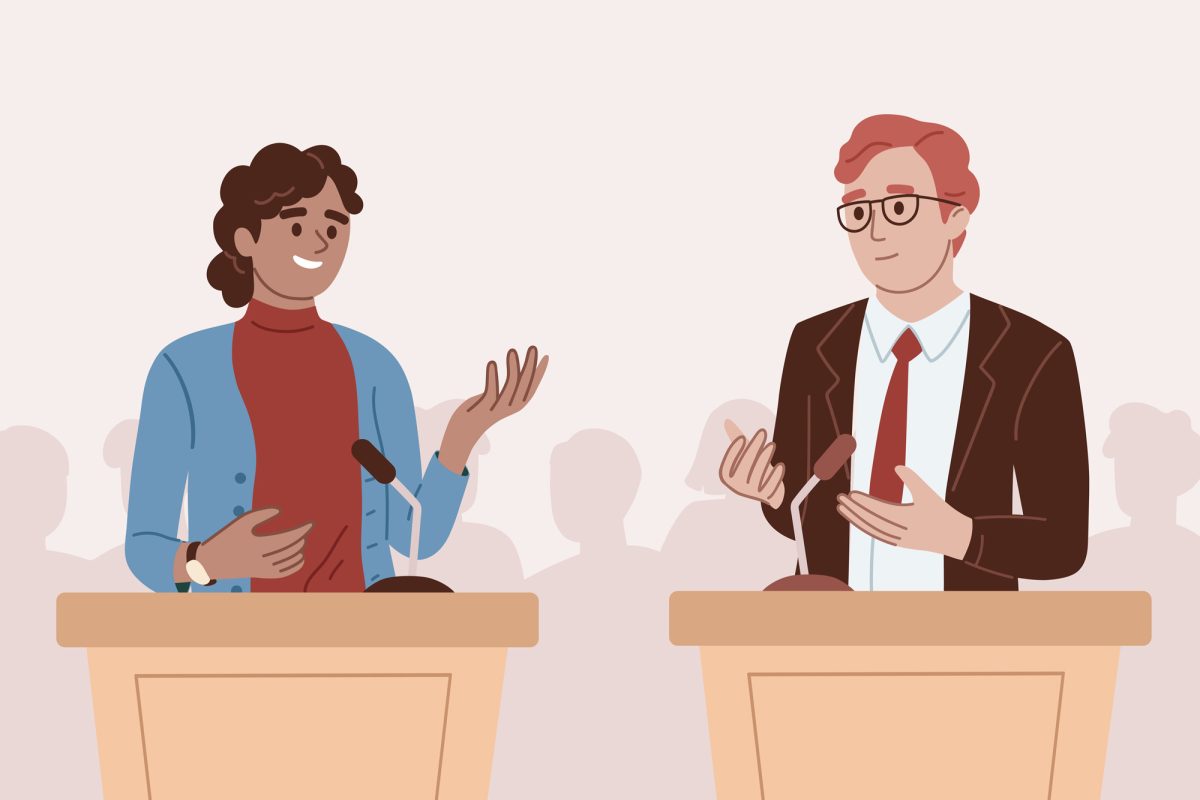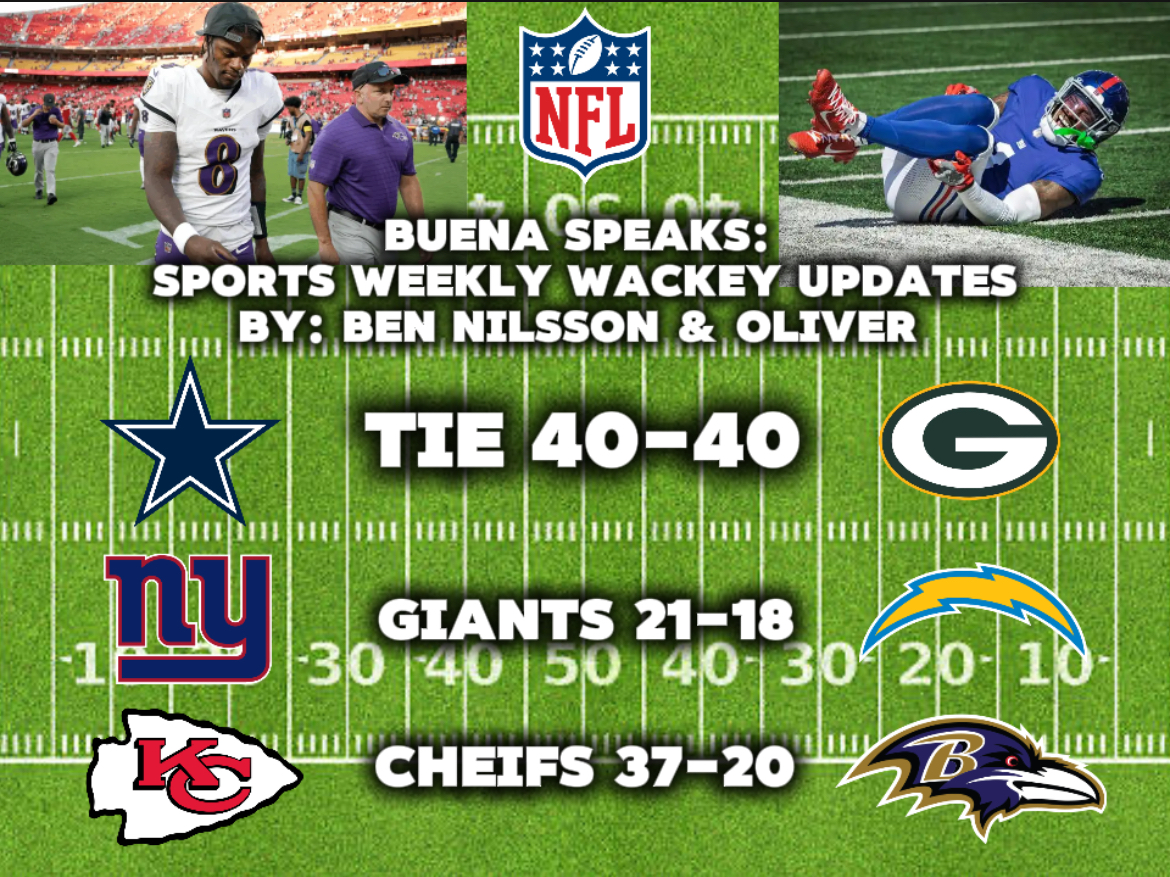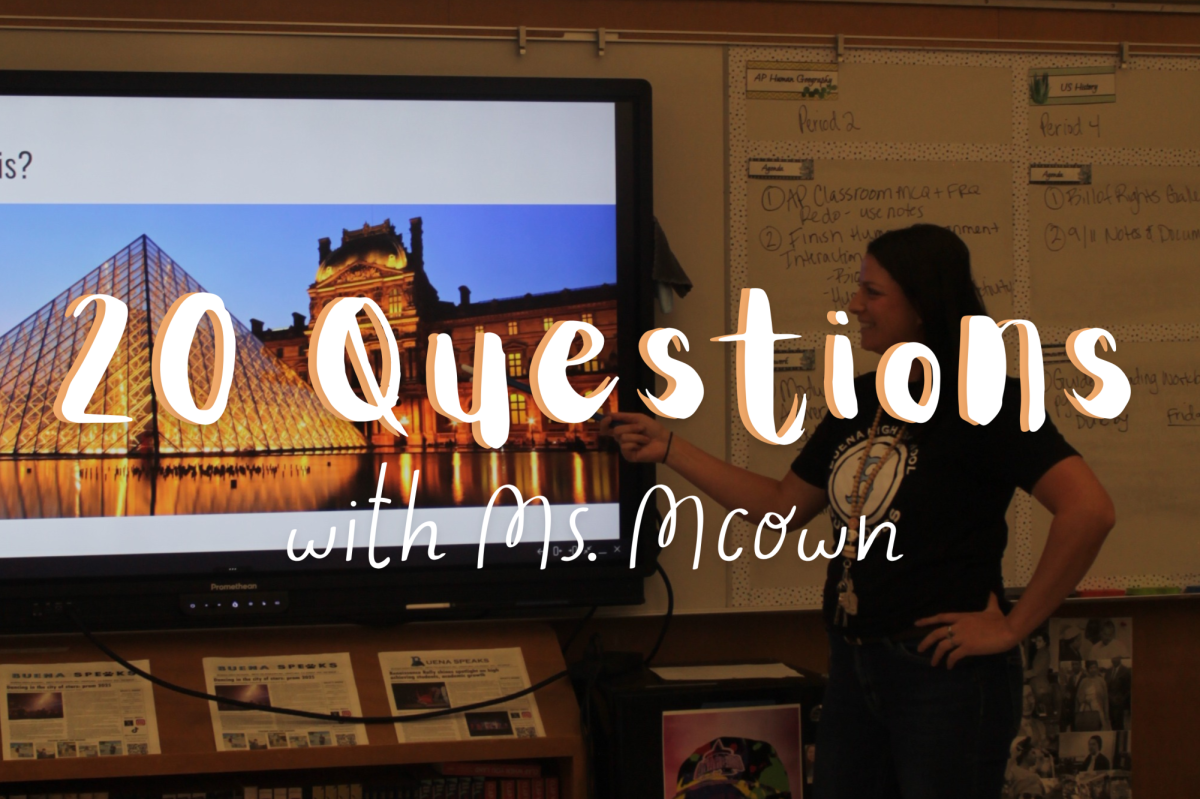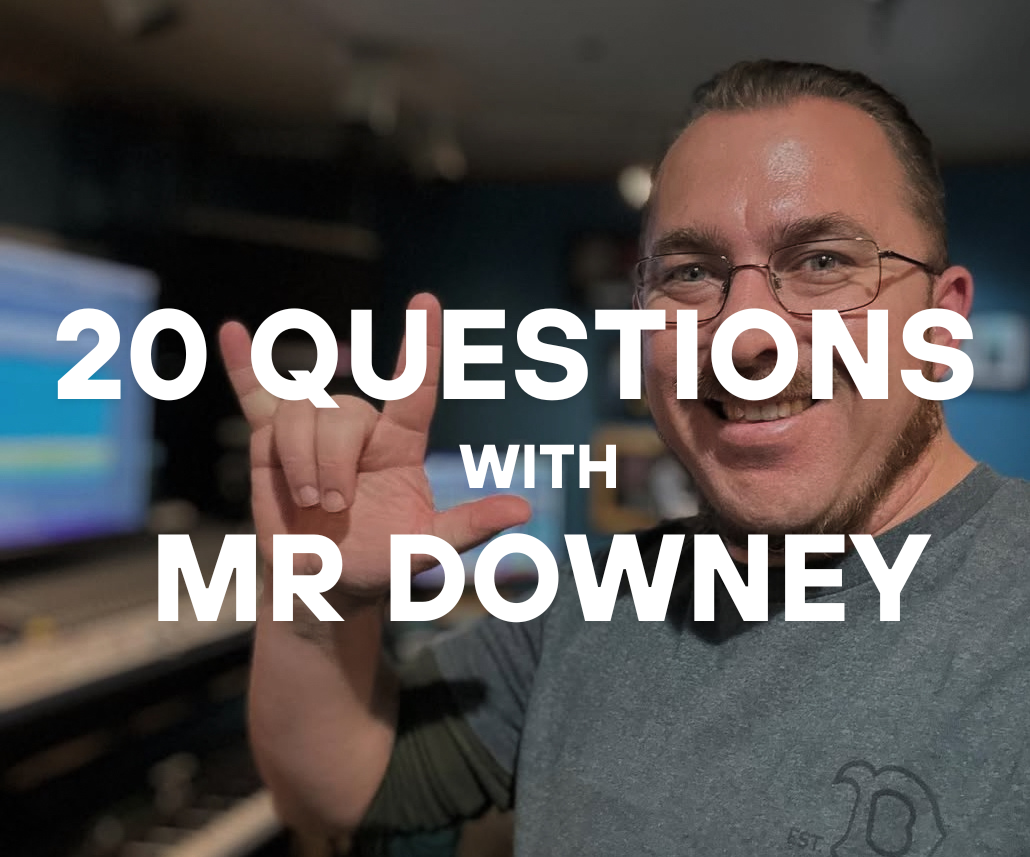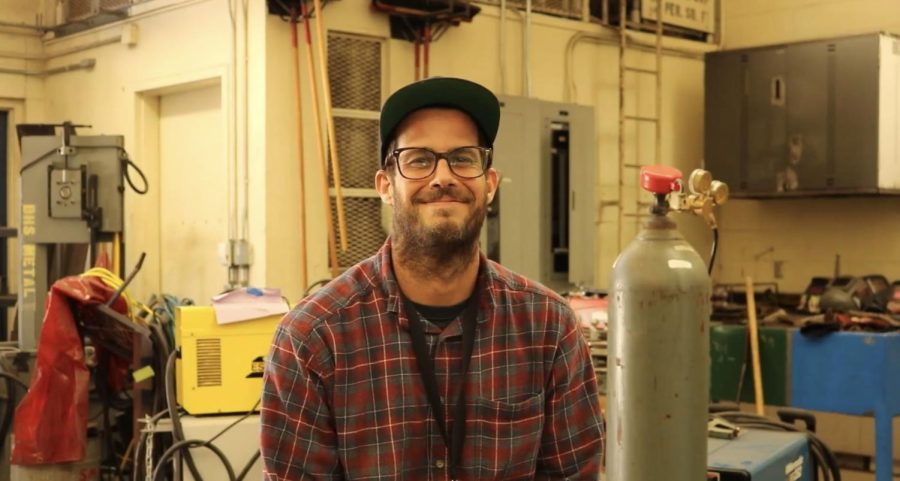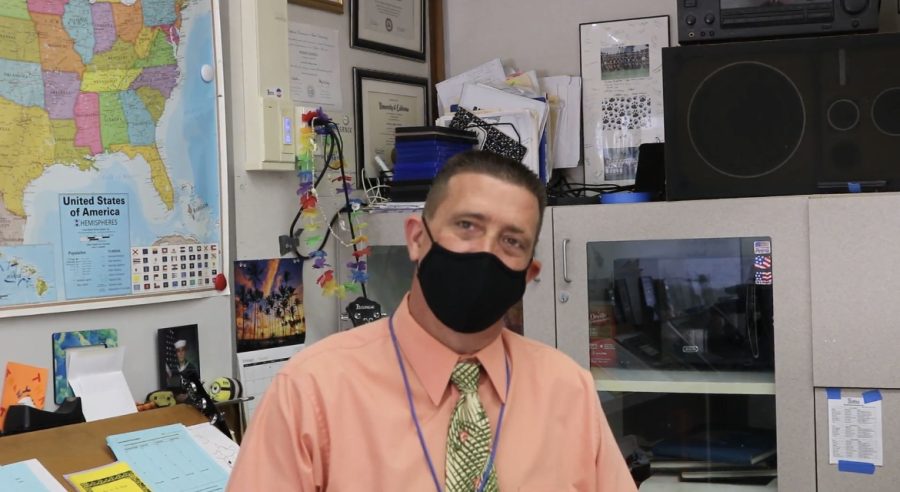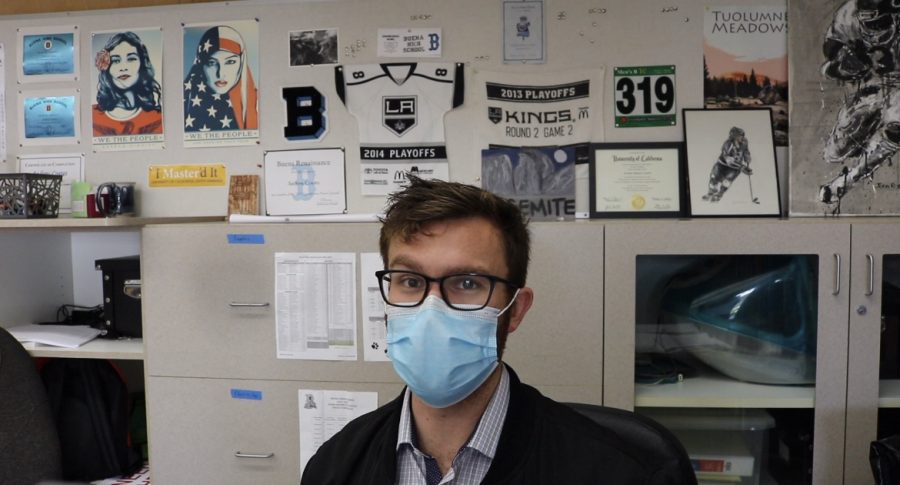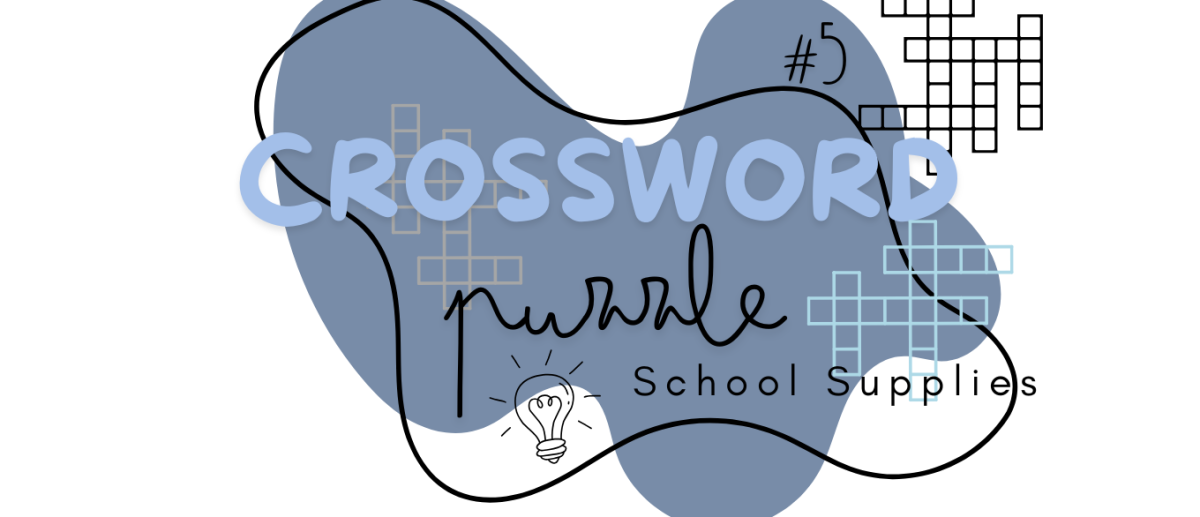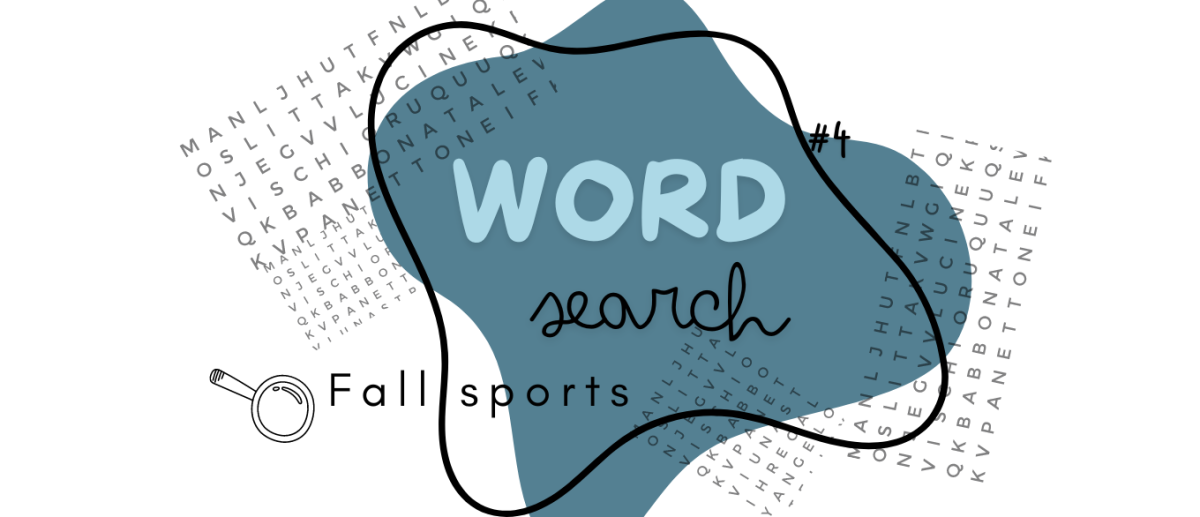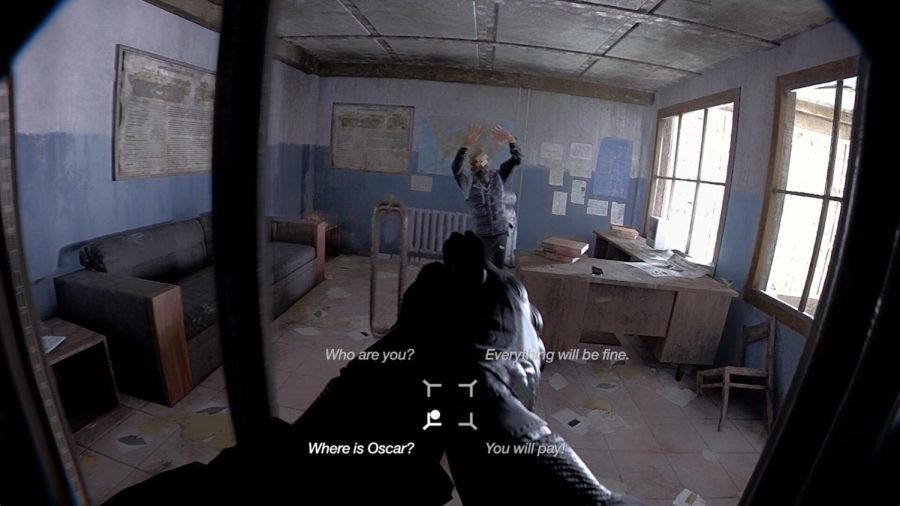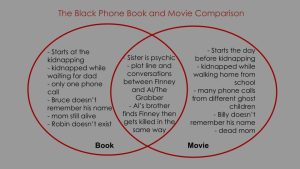Are video games getting too violent?
Photo Credit: Unrecord steam page
June 6, 2023
The gameplay trailer for “Unrecord,” released April 19 caused controversy on Twitter. Unrecord is a hyper realistic first person shooter game where you play as a cop, imitating realistic situations. “Unrecords” real life bodycam-like footage, combined with games like the “Mortal Kombat I” trailer released on May 18. and the logical progression of the games violence seen in Mortal Kombat 11’s fatalities, we see a rise of realistic like violence in video games. This has me questioning, are video games becoming too violent?
Developer Alexandre Spindler described “Unrecord” as a “body cam style game,” as it took Twitter by storm because of its photorealistic graphics. Users are saying these graphics go “uncomfortably too far.” It was first believed to be a pre-rendered video until Spindler confirmed it was rendered real time in Unreal Engine 5.
The notion that this ultra realistic portrayal of police body cam violence is going too far, is something to be concerned over. In this world where developers are referencing real graphic videos, with one developer on “Mortal Kombat XI” being diagnosed with PTSD, we see an increase in ultra realism that modern games are going for.
It is important to establish that video games are proven as not causing violence despite the controversy in the scientific community over how much aggression it causes. However, as developers continue looking at live, leaked footage and video games start to resemble that real gore, violence might not be the only consequence to be wary of.
“Attributing violence to violent video gaming is not scientifically sound and draws attention away from other factors.” the APA Resolution on video games said.
There is little to suggest looking at real graphic footage would cause violence, but we can not continue having children grow up being desensitized to violence. These newer, more realistic graphics may increase the risk of desensitization.
“It was concluded that exposure to violent video games increases the relative risk of desensitization to violence, which in turn may increase aggression and decrease prosocial behavior.” Jeanne Funk Brockmyer, from the Adolesc Psychiatr Clin N Am.
Watching real graphic violence can increase risk for PTSD, anxiety, and depression but it is important to realize that this is still a game. That no matter how realistic the media gets, it can never convey real violence.
In media that portrays realistic violence it is almost always an aestheticization of violence, like in Call of Duty where it is for the aesthetics of the game. Realistic violence, like seen in The Last of Us 2, is purposefully made to make the player feel guilty for their actions by having them make “judgment calls.”
At the same time, both of these make the action of killing playful and entertaining to play. Therefore, it can never be the same as real graphic videos of murder, because while that line between reality and fiction can be blurred it seemingly cannot be crossed. The aesthetics of “Unrecord” is of a hyper realistic police body cam video, but still acts as a first person shooter game.
It is possible that one could argue that “Unrecord” is “training” adolescents to be police officers: carrying out those aggressive behaviors without the necessary discipline. However, what “Unrecord” is doing is gamifying police situations so that they are enjoyable to play. Realism is only an artistic flourish.
Growing up, “Mortal Kombat X,” was a brutal game and its fatalities were horrifying for its time, but more importantly it was a fun and silly fighting game. Which the new Mortal Kombat might be for children growing up now. As time goes on it seems that children will be exposed to more and more realistic graphics pushing the line for what is socially considered an M rating, or a R rating in movies.
What is important to video games is understanding this line, as graphics get more realistic, as the gore in Mortal Kombat becomes more and more physically realistic, we have to understand that, like in movies, it is a purposeful use of violence for artistic reasons.

